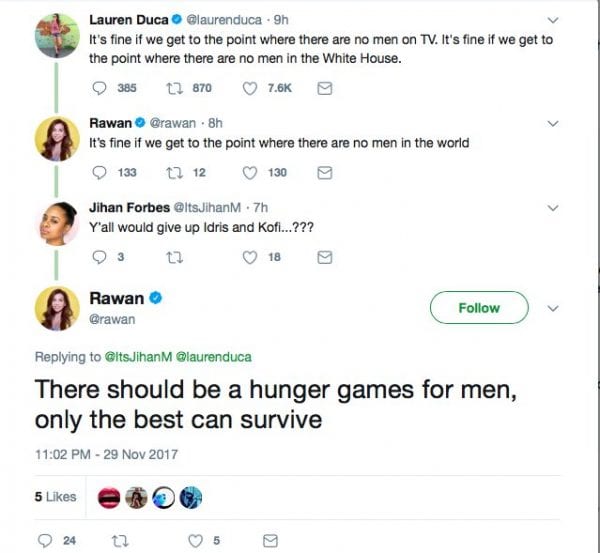ME, IN 2001, ON THE “COMFY-CHAIR REVOLUTION:”
I’ve noticed a gradual change in public surroundings over the past few years, and I think it’s driven in part by personal technology. Unlike the hard, unappealing settings of traditional retail space (ground rule: “get ’em in, get their money, get ’em out”), more and more places instead appear designed actually to encourage customers to linger.
Some of these are obvious, like the cozy coffee bars and cafes featured by many bookstores. But the phenomenon has spread to less obvious locales. In the mall near my house, for example, an Abercrombie spinoff called Hollister & Co. features comfortable leather chairs complete with endtables and stacks of magazines. The first time I was there I joked to a salesgirl that I might come back with my laptop and camp out. “People do,” she responded. And when I went back a couple of weeks later, the circle of armchairs nearest the cash registers was completely occupied by teenagers with cellphones and PDAs. A conversation with a couple of staffers confirmed that the store was intentionally designed to serve as a “hangout.”
And I think that may be the key. In the old days, retailers knew that most people squeezed shopping in between the office and home. The goal was to sell as much as possible to people during the relatively small amount of time they could be away from those places. Hence the keep-’em-movin’ philosophy.
But people live differently now. Lots of people work independently, or part-time, or work as telecommuters. The lifestyle is more fluid, in part because technologies like cellphones, laptops, and PDAs allow people to work wherever they are, or to stay in touch with family or teenagers without direct supervision. I see a lot of folks with that kind of personal tech hanging out wherever there’s a pleasant setting, checking email, returning calls, or writing. It’s work that doesn’t quite feel like work.
This fluidity gives retailers and other businesses a different kind of opportunity. Retailers have always tried to sell not just sweaters, but a lifestyle. But if you become somebody’s hangout, you don’t just sell a lifestyle, you’re selling a life. If price and selection are the main basis for competition, people can always buy on the Internet, but people – teenagers especially, but everyone — will still want a place to go.
And this piece from today on what’s happening to malls:
And throughout the mall, amongst the smartphone-accessory kiosks and the jewelry-repair places, homey stations are set up like small sitting rooms—leather chairs, table lamps, comfy couches. This is the American mall inviting you to treat it like a place to stay, not just to shop. To dwell there.
People come to read in the cozy chairs. Families sit to argue. Old men in golf shirts doze off. On that first morning, I found three women doing sudoku. A club, they said, that met there on Fridays and Saturdays. Natalie started it, they said. She wasn’t there today. Gallstones. They urged me to sit. Nice chair. Apparently, a lot of people in the area get gallstones. They feel there is ample evidence of that, and begin ticking off the gallstone victims they know. Even I knew one of them, the mother of a woman I knew in college. “See?” one of them marveled. “A mall is a small world.” . . .
The principle of most malls was once to keep people moving and looking, to expose them architecturally to constant opportunities to buy. This is not the case anymore. Not at Eastview, anyway. The urgency of movement is missing. The reasoning now seems to be: If people sit, they won’t leave.
Of course, there’s a downside: “I saw more than eighty people sitting on the couches by themselves, mostly checking their phones. At least two of these admitted to me they were ordering from Amazon after having priced an item in the mall.”


